|
The RMS Titanic struck an iceberg late April 14, 1912 and sunk, in the early morning hours, April 15. An estimated 1514 lives were lost.
These Titanic artifacts are currently on loan. The small black rock is a piece of coal. The metallic spoon shaped object is a shoehorn provided in first class.
0 Comments
Linda Martin lives in Centerville, Ohio. She began collecting Halloween memorabilia in the 1980s. Currently she has well over 1000 vintage pieces in her collection. Linda began searching for these scarce items at a time when the hobby was relatively unknown. Since that time, Vintage Halloween items have become one of the most popular collectibles in the country.
She'll be showing off her collection and taking a nostalgic look at the Halloween's evolution in America in our next Lunch & Learn on October 20th! Today is International Holocaust Remembrance Day.
It is the 76th anniversary of the liberation of the Auschwitz death camp, where Nazis killed more than 1 million men, women and children. More than 6 million Jews (more than 25,000 times the population of Warren County) were deliberately murdered by the Nazis and their collaborators over the course of the Holocaust (they also murdered millions that Hitler felt were unfit for his vision of new Germany). We must remember today, and learn from the events that led to such atrocities, so we never allow something so horrific to ever happen again. Jeanne Doan, Assistant Director & John J. Zimkus, WCHS Historian Three women, of varied backgrounds, joined together to become the nucleus of the women’s suffrage movement in Warren County: Lucile Blackburn Berry, Mary Proctor Wilson and Ladora Scoville Owens (once owner of Glendower Mansion).
The first meeting of what would become the Equal Suffrage League met in the Lebanon Opera House on April 22, 1912. After a committee was formed to nominate officers, Wilson was chosen as the first president and Owens as the vice president. Representatives from each township were selected and Berry was picked to represent Turtlecreek. On June 27, 1912, the committee met at Wilson’s home at 108 N. Broadway, located at the northeast corner of Silver and Broadway (The Breakfast Club stands there now). There, the League arranged for the Dr. S. D. Fess, the Republican candidate for Congress in the sixth district and the president of Antioch College, to deliver a non-partisan address at the Lebanon Opera House. There, he put himself on record for the women’s suffrage proposal. Fess would win that election and later be elected a US senator from Ohio. In 1912, multimillionaire real estate magnet and Lebanon native, William Elmer Harmon (you can learn all about him in a previous post) appointed his good friend, Owens, to be a board member of the newly established Harmon Civic Trust. Harmon had stipulated that at least two members of the Trust’s board of trustees must be women. Owens was one and Berry was the other. The League made arrangements with the Trust to hold regular meetings at Harmon Hall. By 1914, Lucile Blackburn Berry was the president of the Equal Suffrage League. On July 23, 1914, The Western Star reported that the League had “held a very enthusiastic" meeting on July 17. At the meeting, Berry "...gave a report of the results of the recent circulation of petitions. There were 1,049 signatures obtained in the County." Wilson, along with another couple, the Chapmans, were chosen to present the petitions to the Secretary of State in Columbus. Nearly 150,000 names were signed to the suffrage petitions, 46,000 more than necessary. The Western Star headline, on July 30, 1914, read, “Ohio Suffragists To Descend on State Capitol Today." And descend they did. At 4:30 that afternoon, bands accompanied suffrages from Cincinnati, Cleveland, Toledo, Akron and other areas to form a procession that marched from the Ohio Suffrage Organization's Columbus headquarters, in the Chamber of Commerce Building, to Capitol Square. Harriet Taylor Upton, the organization's president, spoke along with several others including the president of Ohio State University and Representative W. B. Kilpatrick. The counties presented their petitions and, as planned, Mr. and Mrs. Chapman and Mary Proctor Wilson presented Warren County's. Congress wouldn't draft the 19th amendment (giving women the right to vote) until 1919 but Ohio was quick to ratify it on June 16, 1919. The also passed a law stating that, if the amendment wasn't a law by the 1920 election, women would be about to view in Ohio regardless. However, by August of 1920, the amendment would gain the backing it needed (36 states) and pass into constitutional law. Thanks, in part, to a teacher (Berry), a newspaper editor (Wilson) and a socialite (Owens) who came together to fight for all Americans' right to vote, regardless of gender. Learn more of the story at Harmon Museum's newest exhibit, "Women Leading the Way." A global pandemic. the likes of which have not been seen for 100 years, is now sweeping across America. As deaths are on the rise, infectious disease experts scramble to better understand the Coronavirus. All non-essential workers are sent home, closing small businesses and leaving many to wonder their next paycheck is coming from. wonder their next paycheck is coming from. We will be collecting/archiving articles and images from this unprecedented time. A somber yet strong reminder that history happens every day.
Seventy-eight years ago today, at 7:50 a.m, Sunday, Dec. 7, Japanese aircraft appeared on the horizon over Pearl Harbor. Two hours later, 2,403 American troops were dead at what would remain the largest loss of American life in an attack until the September 11th terrorist attacks. It's one thing to recite facts but another to recall memories. Below is a video of some of the veterans that survived the attacks, recounting their personal experience during the events in their own words.
 After his decisive victory over Marc Antony and Cleopatra in 33 BCE, the now uncontested emperor, Augustus Caesar, decided he should have a month named after him (July was already named afer his great uncle, Julius Caesar). Due to his successful military campaigns during what is now known as the month of August, the Roman senate agreed to name the month after the reining emperor. However, since, August only had 30 days, not to incinuate that their emperor was in any way inferior, the senate took a day from February's 29. (Back then, the calendar year began March 1st and alternated between 31 and 30 days (except for February which got the remaing 29.) Then they had to flip the number of days in the remaining months around to not have three 31 day months in a row. Seems like a lot of work! Fifty years ago today, 600 million people watched with bated breath as "the Eagle" would successfully land on the surface of the moon and Neil Armstrong would utter those now famous words: "One small step for a man, one giant leap for mankind." What the 600 million people may not have known was the stories behind that small step. The Eagle lander had never been tested in the conditions before. Neil Armstrong and crewmate Michael Collins gave it a 50/50 shot at returning. President Richard Nixon prepared two speeches; one if the lander returned and another. "Fate has ordained that the men who went to the Moon to explore in peace will stay on the Moon to rest in peace. These brave men, Neil Armstrong and Edwin Aldrin, know that there is no hope for their recovery. But they also know that there is hope for mankind in their sacrifice." With even odds, Edwin "Buzz" Aldrin and Neil Armstrong embarked toward the surface of the moon, a NASA landing program guiding them in. The program was to ensure the lander did so safely, however, part way into the process, the two men realized that the program was guiding them to land straight into a crater in which taking off from would have been nigh impossible. Armstrong got the go ahead to take control of the helm and land the Eagle in a new position, safely outside the crater, having only 20 seconds of landing fuel left. (Here's a wonderful video of the 13 minutes leading up to and the actual landing.) The 600 million people watching Neil Armstrong take his first steps on the moon did so via an 80ft satellite in Australia. Only having confirmed a live broadcast several weeks before, NASA wasn't sure what to expect. On the day, they came to discover that, due to the positioning of the Earth and their satellites, the Eagle lander's signal wouldn't be receivable by NASA until several minutes AFTER this historic event. Not only would the millions of people around the world miss the landing but NASA would not have contact with its astronauts or their vitals during this crucial phase of the mission. Luckily Australia wasn't in the space race with the US. Armstrong would become the "first man" to step foot on the moon. Interestingly enough, on previous exploration missions, the commander would always stay behind while the subordinate did the exploring. Stories vary if NASA thought Armstrong should go first or if Aldrin deferred to his CO. In either case, Aldrin would still get to leave his footprints on the moon's surface 20 minutes later. However, out of jealousy, Aldrin took only five photographs of Armstrong while on the moon. The sixth image comes in the form of Armstrong's reflection in Aldrin's visor.
Where would we be without our cell phones?
On this day in 1973, the first mobile phone call was made by Martin Cooper, a Motorola engineer and executive He made the call to the Bell Labs headquarters in New Jersey, while being interviewed by the press on the streets of Manhattan. A competitor, Bell Labs (AT&T) had envisioned a mobile phone since the 40's so Cooper couldn't help but playfully rub the win in their faces. The call was made on a prototype of the DynaTAC (dynamic adaptive total area coverage) 8000X. It weighed 2.4 lbs and had a battery life of 20 minutes (and took 10 hours to recharge). Ten years later, a version of the DynaTAC would become the first mobile phone to be sold commercially. Cooper was a big player in the development of mobile phones and believed that each person should be assigned a number, not just a home or business. In 1967, he had already helped his company develop a handheld radio system for the Chicago PD. The Bell Company was advancing their technology as well but putting their efforts into the car phone, which was becoming common. Cooper thought this was too narrow a line of thinking. Motorola believed in Cooper and invested $100 million between 1973 and 1993 before any revenues were made. source: guinnessworldrecords.com & edn.com Happy Spring Equinox! As the days become longer, today marks the halfway point between the Winter and Summer Solstices when the days becomes equal to (and then longer than) the nights. The word 'equinox' deriving from the Latin for "equality between day and night,"
The exact moment happens today, at 5:58pm EST so breathe a sigh of relief, and enjoy that extra daylight! On this day in 1631, the Catholic Church established a Feast Day honoring St. Patrick, the Patron Saint of Ireland, who'd died in the mid-400s.
As the legend goes, St. Patrick's name was Maewyn Succat and when he was 16, Irish pirates attacked his family's estate (in lowland Scotland or Whales). The young Succat was kidnaped and sold into slavery in Ireland. Six years later he managed to escape. He joined the Catholic Church and studied as a missionary, taking the name Patricius (or Patrick) meaning "father figure." As a Bishop, Succat returned to Ireland after having a dream calling him back to spread Christianity among the Druids. Apparently he had a lot of luck! The shamrock didn't become a symbol of St. Patrick's Day until the 1720s when the church gave an official plant to all saints and the color green wasn't associated until eighty years later, during the Irish Rebellion (1798). Before that, the color was blue (a main color in both the royal court and ancient Irish flags). Since the British wore red, the Irish chose the opposite color, green. The song “The Wearing of the Green” during the rebellion, "cemented the color’s relevance in Irish history." As far as the drinking goes, up until the 1900s Ireland had a law that kept everything closed on St. Patrick's Day, including pubs. And the green beer? You can thank Budweiser's 1980s marketing team for that one. Sources:https://www.irish-genealogy-toolkit.com/history-of-st-patrick.html and http://time.com/4261456/st-patrick-day-2016-history-real-saint/ 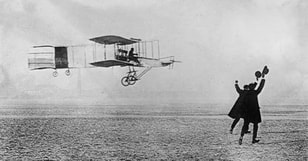 "If birds can glide for long periods of time, then why can't I? - Orville Wright On December 17th, 1903, the Wright Brothers made history with the first powered flight at the dunes of Kitty Hawk. The flight lasted 12 seconds and covered a distance of 120 feet. The brothers would go on to complete three more successful flights that day with the longest lasting 59 seconds and covering 852 feet. Now that's progress! |
AuthorVarious staff and volunteer writers. Categories
All
Archives
June 2024
|
Email: [email protected]
Wchs Office/Harmon MuseumTues - Sat: 10am - 4pm
Year Round |
1795 BEEDLE cABINPhone for hours
Year Round |
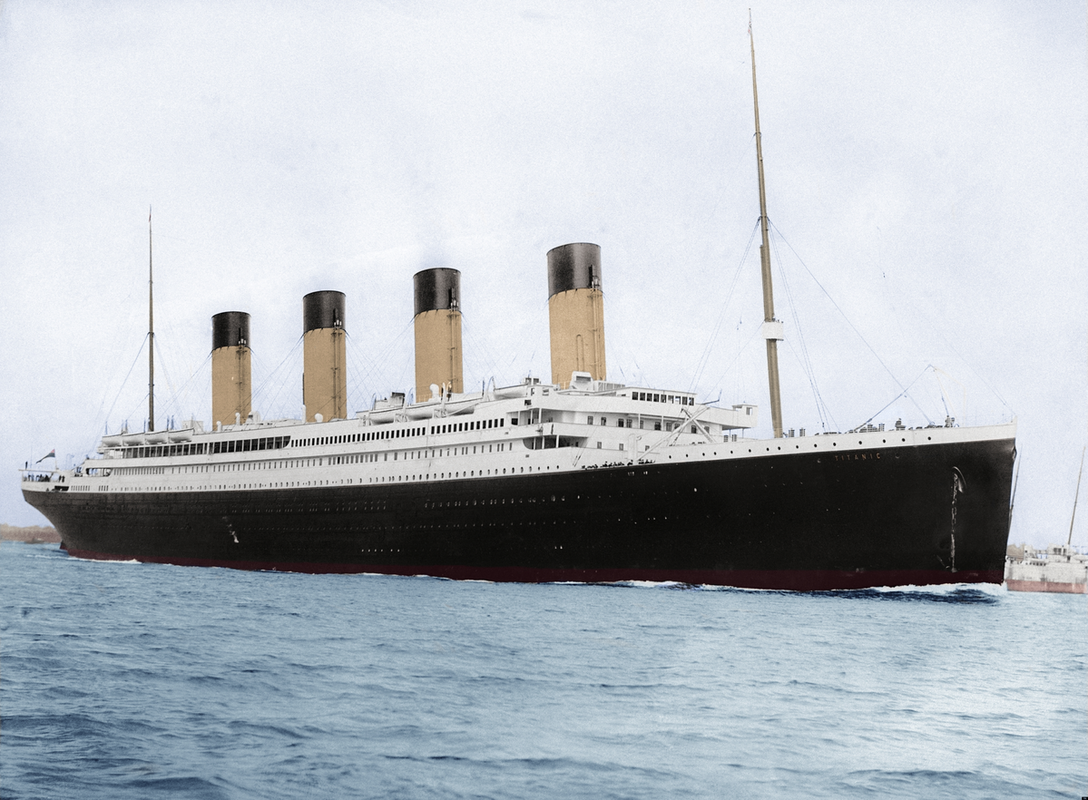
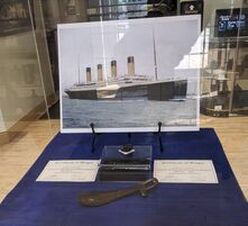


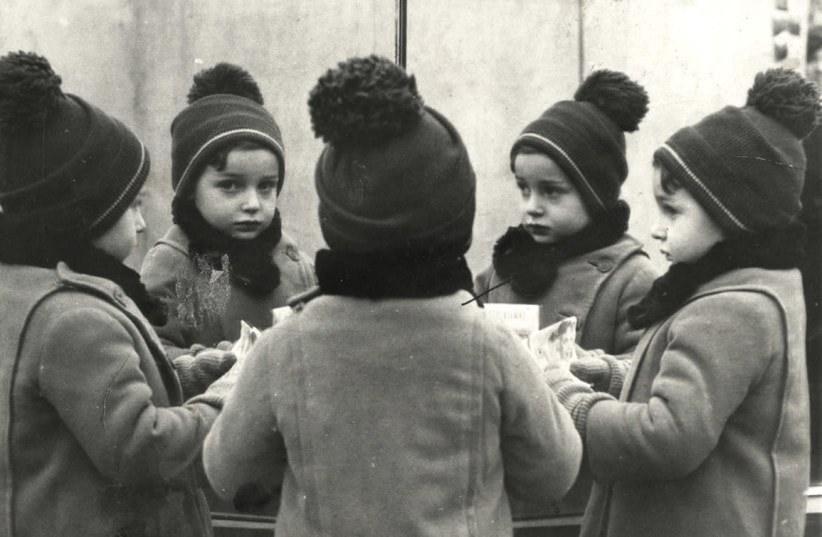


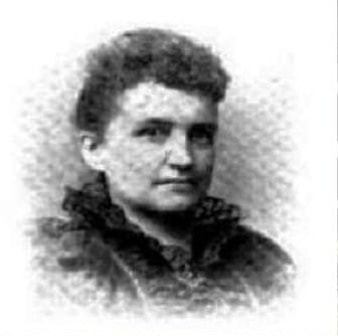
 RSS Feed
RSS Feed





